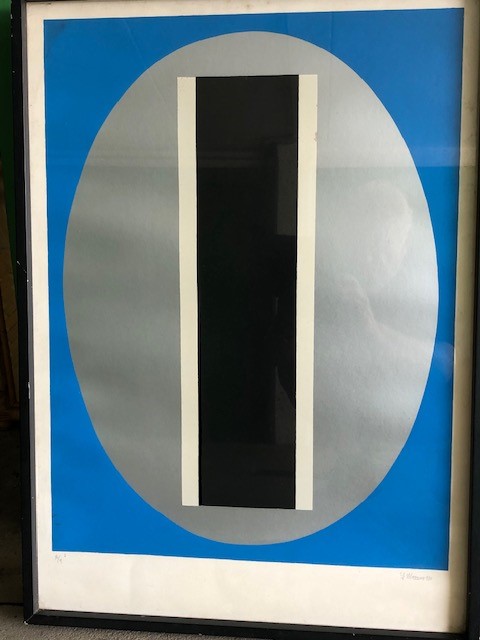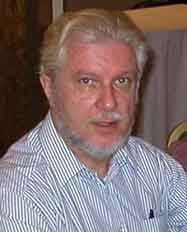Galliano Mazzon, Mazzon’s school and his methods for pupils painting with mouth or feet. Surrealism and Informal
Prof. Francesco Carelli

Galliano Mazzon (1896-1978) lost his right hand in the battle of Monte Santo in 1917. Mazzon attended the Accademia del Brera from 1920 to 1926. He founded his own school of painting for the young, the Scuola Mazzon in 1929, an establishment which achieved fame beyond the borders of Italy. Mazzon challenged accepted academic methods, banning his students from copying from nature, and encouraging spontaneous expression of the emotions, fantasy, the imagination, and dreams.
He became friends with the dealer, Gino Ghiringhelli, and the critic, Edoardo Persico, and frequented the Galleria del Milione in Milan from 1930. Mazzon painted his first abstract pictures in 1932 – 1933. At this period, he was influenced by Surrealism. In 1934, he retired to a lonely Alpine hut in the Dolomites, where he spent five years studying the Taoism in the aphorisms of the Chinese writer, Lao Tze. In 1940, his interest in the Orient led him to publish an article on the influence of Japanese culture on the world for the Tokyo publisher, Kokusai Bunka Chukka.
He began producing a series of drawings in ink and pastel, foreshadowing Art informel. Mazzon was one of a group of Italian abstract artists to exhibit at the Salon des Réalités Nouvelles in Paris in 1947, and again from 1950 to 1952. In 1948, he was one of the founders of M.A.C. (Movimento Arte Concreta), and his prints were represented in the first and fourth albums of lithographs of the group published by Libreria A. Salto Editrice in 1948 and 1949.
A show of his paintings at the Libreria in 1949 was accompanied by a preface written by Gillo Dorfles. A second exhibition, ‘Spontanee fantasie astratte infantili’. ‘Mostra di disegni’, was held there in 1950, followed by a related exhibition of work by his pupils at the Galleria Bompiani in Milan.
Later, Mazzon turned to lyrical abstraction. In 1968, a portfolio of six screenprints is a sort of autobiographical expression of his philosophy of life. As editor of the first 18 issues of the bulletin, ‘Arte Concreta’, between 1951 and 1953, Mazzon’s wife, Giulia Sala, was also closely involved with M.A.C.




